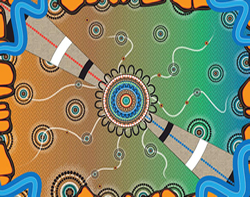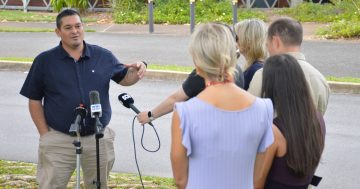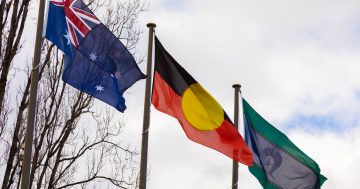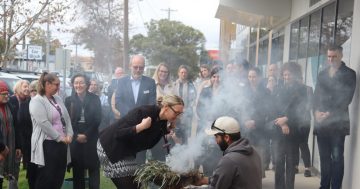 The Department of Communities and Justice (DCJ) “effectively abandoned” a plan to reduce the overrepresentation of Aboriginal children in out-of-home care (OOHC), according to a report from the NSW Ombudsman.
The Department of Communities and Justice (DCJ) “effectively abandoned” a plan to reduce the overrepresentation of Aboriginal children in out-of-home care (OOHC), according to a report from the NSW Ombudsman.
Tabling his report, Ombudsman Paul Miller said he launched an assessment of DCJ’s five-year Aboriginal Outcomes Strategy 2017-2021 (AOS) following the Department’s failure to report transparently on what it did to implement the strategy and to report publicly on the strategy’s outcomes.
Mr Miller said DCJ’s plan to implement the AOS had included commitments for executive level monitoring; tailored plans in each district; a three-stage evaluation program; ongoing consultation with Aboriginal communities and stakeholders; and public reporting on progress towards the targets.
“We found that much of what was planned did not occur,” Mr Miller said.
“It was apparent to us that at some point within its five-year timeframe, DCJ effectively abandoned the AOS,” he said.
“DCJ did not report on what had been achieved by the AOS in the time it was operating, and nor did it announce that the strategy was being abandoned or why.”
Mr Miller said executive monitoring and quarterly progress reports ceased in mid-2019, well before the end of the strategy.
He said two of three planned evaluations of the AOS were not done.
“The AOS did not achieve its goal of reducing Aboriginal over-representation in OOHC,” the Ombudsman said.
He said that that between 2017 and 2022, the proportion of Aboriginal children in OOHC had increased from 38.4 per cent in June 2017 to 43.8 per cent in June 2022.
Mr Miller noted there was some reduction in the rate of Aboriginal children in OOHC (from 62.0 to 53.7 per 1,000 Aboriginal children) however, he said there was a disproportionately greater reduction in the rate of non-Aboriginal children in OOHC (from 6.7 to 5.2 per 1,000).
“In 2017, Aboriginal children were 9.3 times more likely to be in OOHC than non-Aboriginal children,” he said.
“By 2022, Aboriginal children were 11 times more likely to be in OOHC.”
The Ombudsman’s 40-page report Aboriginal Outcomes Strategy focus area 2 (out-of-home care) – were the targets achieved? can be accessed at this PS News link.











